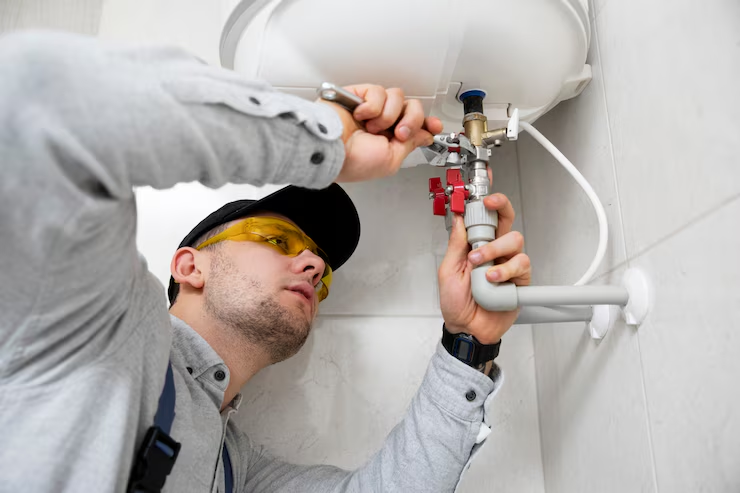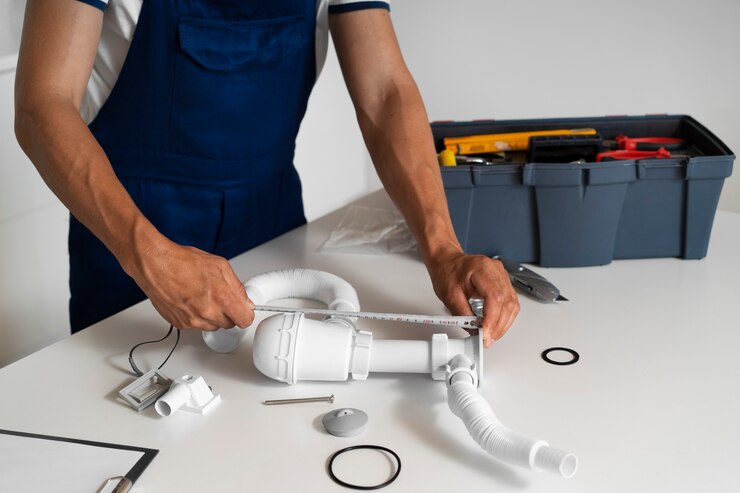Pipe Coating for Sewer Rehabilitation
A Comprehensive Guide to Sewer Rehabilitation
Maintaining and rehabilitating sewer systems is crucial for urban infrastructure. Traditional methods of sewer repair and replacement can be costly and disruptive. However, pipe coating offers a modern, efficient solution for sewer rehabilitation. In this guide, we’ll explore the benefits of pipe coating, its application process, and why it might be the ideal choice for your sewer system needs.
What is Pipe Coating?
Pipe coating is a trenchless technology used to repair and rehabilitate existing pipes. This method involves applying a protective layer of coating inside the pipe, which can seal leaks, restore pipe integrity, and extend the life of the system. The coating material is typically a resin that hardens to form a durable, corrosion-resistant layer.

Benefits of Pipe Coating
1. Cost-Effective: Pipe coating is generally less expensive than traditional excavation and pipe replacement. The process avoids the need for extensive digging and disruption, which can significantly lower overall costs.
2. Minimal Disruption: Since the process is trenchless, it reduces the need for digging up roads, sidewalks, and landscaping. This minimizes disruption to daily activities and reduces the impact on surrounding areas.
3. Extended Pipe Life: The protective coating enhances the longevity of the pipes by preventing corrosion and leaks. This can lead to fewer repairs and lower maintenance costs over time.
4. Improved Flow: Pipe coating can smooth out the interior of the pipe, improving water flow and reducing the risk of blockages and backups..
The Pipe Coating Process
1. Inspection: Before applying the coating, a thorough inspection of the existing pipes is conducted using CCTV cameras. This helps to assess the condition of the pipes and determine the appropriate coating method.
2. Cleaning: The interior of the pipes is cleaned to remove any debris, rust, or old coating materials. This ensures that the new coating adheres properly and creates a smooth surface.
3. Application:The coating material is applied to the interior of the pipes using various methods, such as spraying, brushing, or inserting a liner. The material is then allowed to cure and harden.
4. Testing: After the coating has cured, the pipes are tested to ensure that the coating is intact and that the system is functioning correctly.

Why Choose Pipe Coating for Sewer Rehabilitation?
Pipe coating is an excellent choice for sewer rehabilitation due to its efficiency, cost-effectiveness, and minimal impact on the environment. It’s a reliable solution for addressing issues such as leaks, corrosion, and flow restrictions without the need for extensive excavation.
